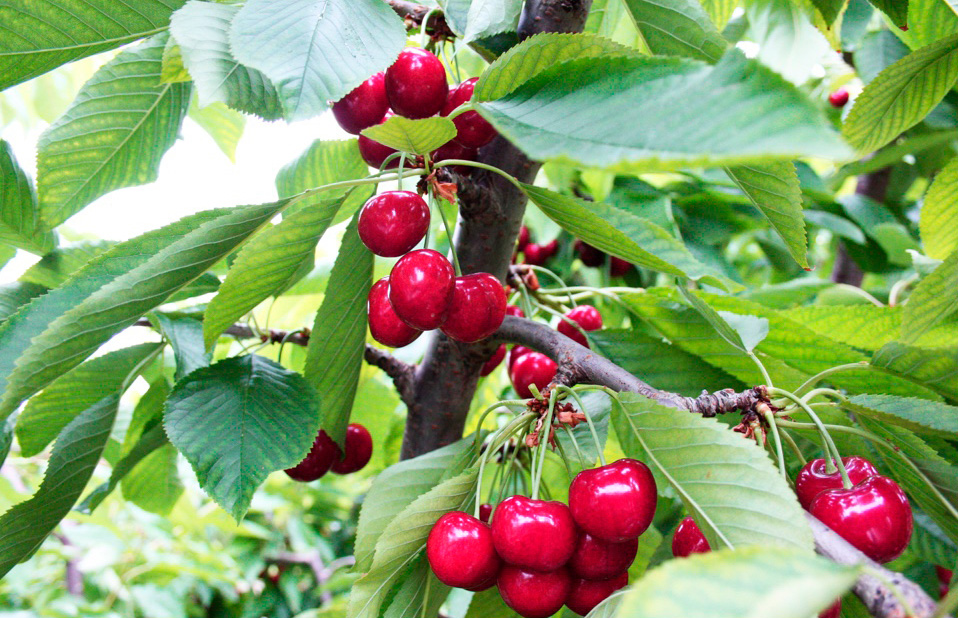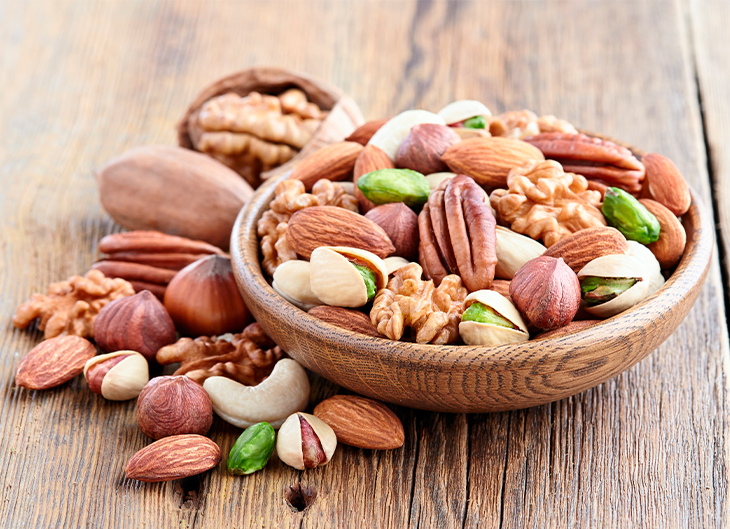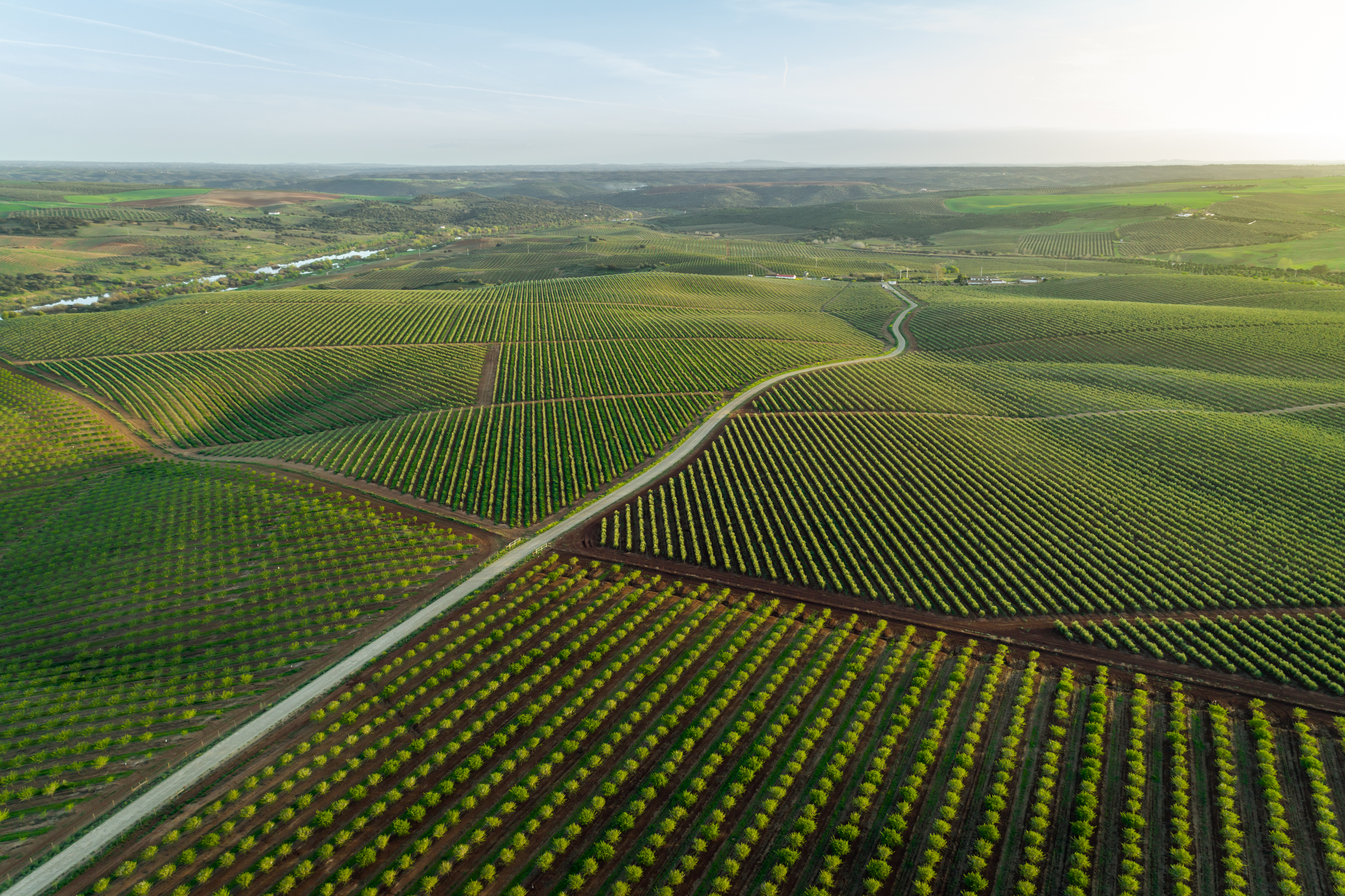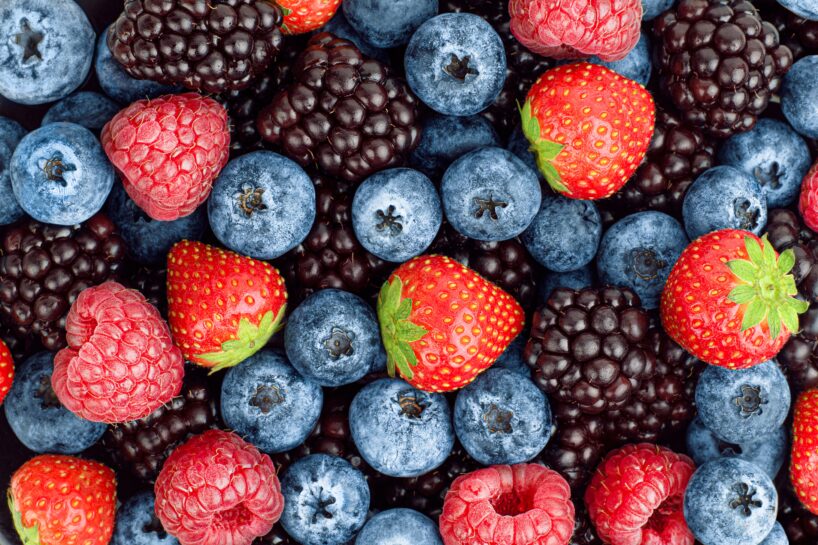
Berries: the healthy fruit
The Spanish Southwest, thanks to its climatic characteristics (mild climates with scarce and seasonal rains), scarcity of frost, appearance of varieties with less need for cold hours and type of soil (aggregates with low pH), is, for a long time, the most important strawberry production center in Europe and it has been this tradition and experience in the management of this crop that was a good basis on which to base the cultivation of raspberries, blueberries, blackberries and currants.
According to Eurostat data, currently in this region of Spain 97% of the national strawberry production and 23.8% of Europe, 98% of the national raspberry production and 25.2% of Europe and 97% of the national production of blueberries and 41.1% of Europe are produced.
Growing berry consumption
The production figures are exceeded year by year since the demand by the consumer remains in a progressive increase for a few years and the prospects are to continue growing.The consumption of berries is fashionable. Consumers, increasingly concerned about their health, more informed, and more interested in maintaining a balanced and healthy diet, are aware of the benefits of regular consumption of fresh berries.
In this sense, the sector has been able to incorporate into its daily work dynamics, to produce strawberries, raspberries, blueberries and blackberries, initiatives that add value to the final product (quality, health, etc.) and that are compatible with the environment, taking into account the unique environmental environment in which they are produced.
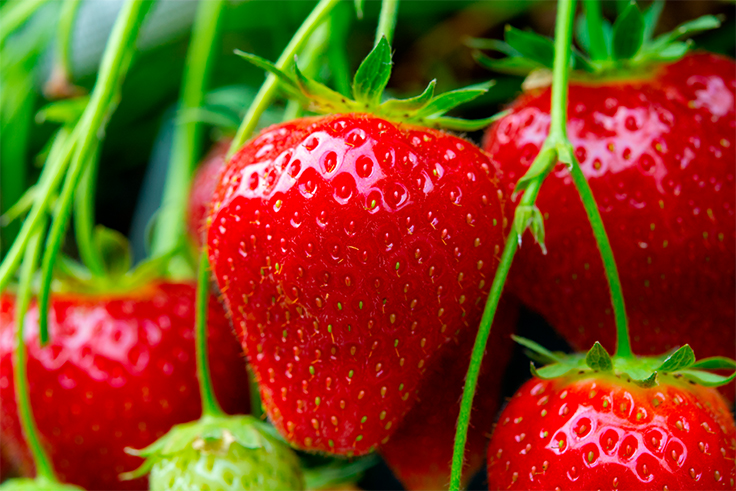
Properties of berries and effects on human health
Strawberries, blackberries, raspberries, blueberries, etc. all known as red fruits or berries, are characterized by their striking intense color, their fiber, mineral and trace element contents, as well as a series of bioactive compounds that we can define as “non-nutritive substances”. These substances are involved in the secondary metabolism of plants and, although they are not considered essential for human health, there is increasing evidence that moderate intake of these compounds in the long term may have benefits for it by preventing or reducing the risk of different chronic diseases (Jaganath and Crozier, 2010; Fraga et al., 2019). Among these compounds we can find phenolic compounds: phenolic acids, hydrobenzoic acids, hydrocinnamic acids, stilbenes, flavonoids, lignins, lignans, suberines, etc., and non-phenolic compounds: vitamins, carotenes, … which are found naturally in plants.
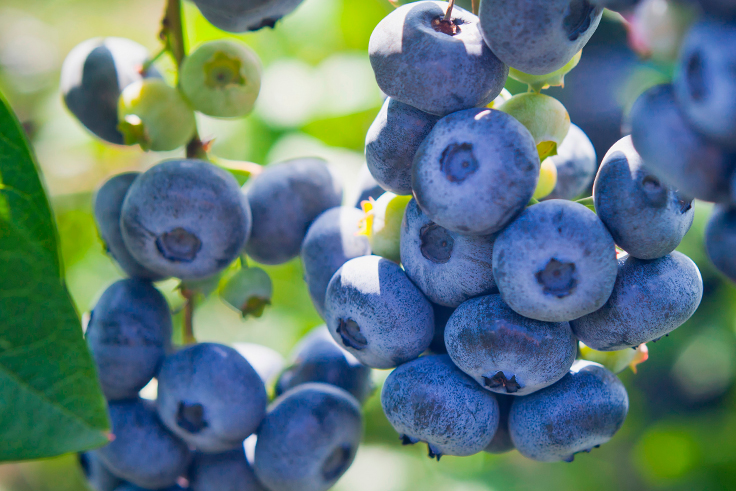
Flavonoids (proanthocyanidins, anthocyanins, phenolic acids and flavonols) have a fundamental role since they have very different functions as they are present in defense mechanisms, pigmentation mechanisms, resistance to pathogens, contribute to flavors and odors, etc. Regarding human health, they are one of the best known and effective free radical neutralizers since in addition to delaying the aging process, these antioxidants help prevent diseases such as cancer, cardiovascular diseases or hypertension, natural antibiotic or other inflammatory pathologies. (Cliffors, 1992; Berra et al., 1995; Posas et al., 2003, Jaganath and Crozier 2010; Fraga et al., 2019).
In the fruits of the forest it is worth mentioning the flavonols, which have a great antioxidant activity; quercetin glycosides, kaempferol glycosides, mirecetin glycosides and anthocyanins such as cyanidin, delphinidin and malvinidine that, conjugated with sugars and organic acids, generate compounds of different colors: orange, red, blue, violet and purple.
Most experts recognize that eating highly colored fruits, such as berries, can markedly improve our health. Berries are one of the best fruits to eat balanced; therefore, it is essential that they are in our diet throughout the year.

